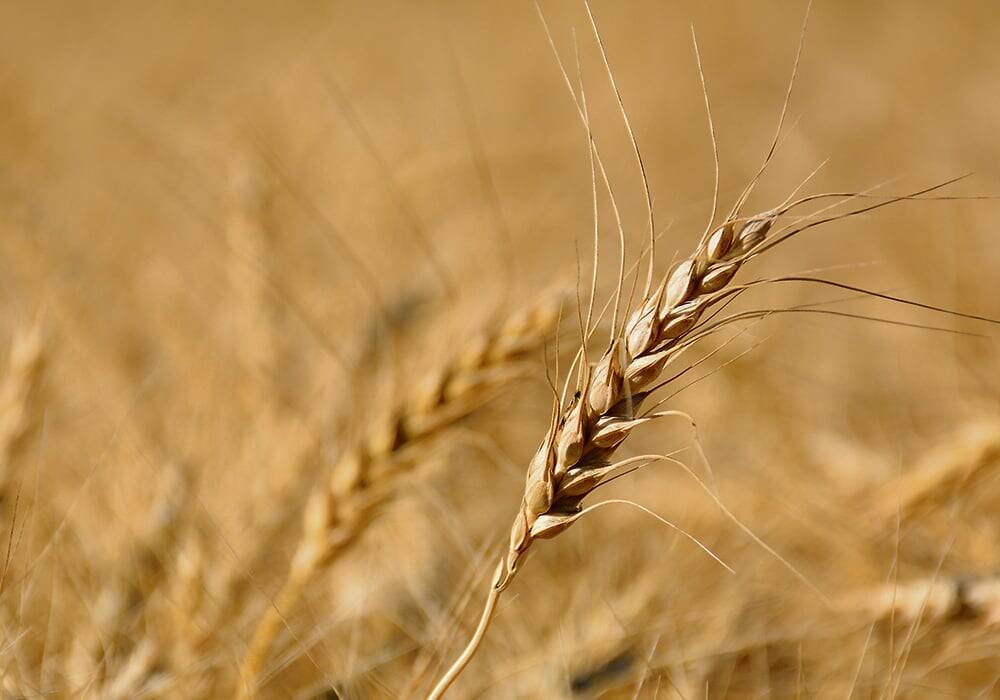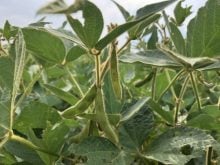For the week ending May 18, western Canadian yearling markets were trading $3 to $5 higher compared to seven days earlier. Calf prices were relatively unchanged compared to the prior week. The feeder market appears to be consolidating near historical highs.
Pen conditions in Alberta are rated poor to very poor and many feedlot operators backed away from the market last week. However, buying interest for grass cattle was stronger than expected and this demand lifted the overall feeder complex. Even packages of 800 pound plus cattle that typically move into a feedlot were purchased for grass purposes. These buyers had advantage because the next 200 pounds are cheaper on pasture than in the feedlot.
Read Also

Prairie CWRS bids rise, other wheats mixed
Canada Western Red Spring (CWRS) wheat bids across the Prairie provinces saw some strength during the week ended Nov. 11, taking some direction from the United States futures. However, other wheat classes were mixed.
Most of Western Canada has received over 200 per cent of normal precipitation over the past 30 days. The favorable precipitation has provided the feeder market with another pillar of support. There is an urgency if buyers want ownership because volumes are limited.
In Southern Alberta, medium to larger frame Angus blended steers with lower flesh levels, on controlled weight gain light barley and forage diet, measured at 920 pounds were valued at $315 fob backgrounding feedlot. In Central Alberta, a larger frame mixed steers, carrying lighter butter, with full processing data, on light grain and silage diet, weighing 825 pounds sold for $357. South of Edmonton, a larger package of medium to lower flesh, mixed heifers, with full health and diet records, averaging 890 pounds dropped the gavel at $294.
Southeast of Saskatoon, medium to larger frame, mixed steers, weighing 725 pounds were quoted at $380. In southern Manitoba, a handful of black steers weighing 715 pounds supposedly traded for $370 and a smaller package of similar quality heifers around 710 pounds were reported to have sold for $330.
In southern Alberta, wide frame, lower flesh, Limousin blended, weaned steers weighing 640 pounds were valued at $425. Southeast of Edmonton, Angus mixed heifers averaging 620 pounds reportedly sold for $360.
In central Saskatchewan, larger frame, weaned, red steers averaging 560 pounds reportedly traded at $440. North of Brandon, weaned Charolais steers averaging 525 pounds reached up to $490. In central Alberta, Simmental steers averaging 485 pounds were last bid at $474 and black heifers weighing a shade under 500 pounds were last bids at $445.
Alberta packers were buying fed cattle on a dressed basis at $430/cwt delivered. Feedlot margins are hovering at break-even, but there is a risk-adverse sentiment. Beef demand in the latter half of 2024 and first half of 2025 is uncertain. U.S. restaurant sales were slightly lower than expected for April there are concerns that this is a start of a trend.
— Jerry Klassen is president and founder of Resilient Capital, specializing in proprietary commodity futures trading and market analysis. Jerry consults with feedlots on risk management and writes a weekly cattle market commentary. He can be reached at 204-504-8339 or via his website at ResilCapital.com.















